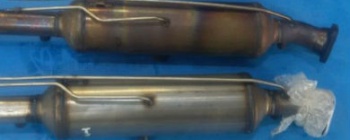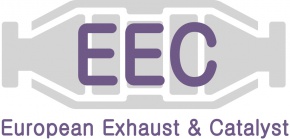
Everything you need to know
When the diesel particulate filter (DPF) reaches a pre-determined particulate matter (PM) fill level of around 40 per cent, the ECU activates a regeneration process which can inject fuel up to eight times more fuel per stroke to produce temperatures in excess of 550⁰C dry or 450⁰C with the passive system to incinerate the PM.
To carry out a forced DPF regeneration the correct diagnostic or reset tool must be used.
European Exhaust and Catalyst’s (EEC) technical advisor, Stuart Still said: “Ensure the regeneration process is conducted in a safe environment as exhaust temperatures will be very high. Filters require more maintenance than catalytic converters. Engine oil ash builds up on the surface of the inlet face of the filter, and will eventually clog the pores. This increases the pressure drop over the filter, which when it reaches a totally clogged state is capable of causing engine damage".
“If the DPF is not regenerated and the PM level fills to over 90 per cent or 45 grams, the DPF will need replacing. This is not covered under warranty. When fitting a new DPF the ECU must be reset before completing a forced regeneration; this is to ensure that the ECU knows that the DPF and all related sensors are reset to empty".
“After this operation, it is advisable to physically look at the DPF and pipework to make sure this process has been completed. If regeneration temperatures have been reached, the steel will discolour to a dark straw or brown colouration. This is important as some tools are known to indicate regeneration has occurred.”
In 2014 ministers introduced a visual DPF check into the MOT and EEC say DPF removal can also result in an invalid motor insurance claim.
EEC has an extensive range of DPF’s and has invested heavily in its own wash coating facility in Denmead to ensure it produces top quality products.


 Click here to open the navigation menu
Click here to open the navigation menu